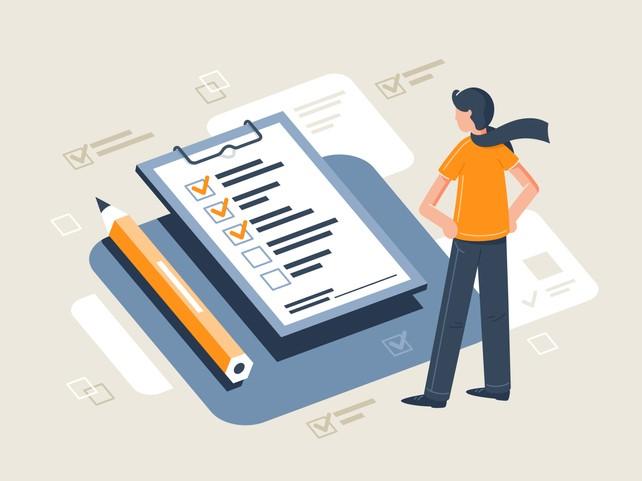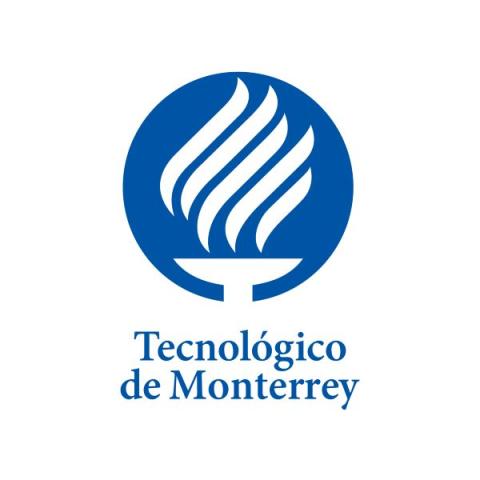
How to plan an online learning-friendly assessment
One of the major challenges of online education is designing learning-friendly assessments that keep students active, involved and motivated while also providing teachers with the necessary information to adjust their practice and improve the course’s future design.
To help with this tricky task, let’s discuss the three types of assessment strategy that can be incorporated in this space, each of which addresses different purposes, depending on the course objectives.
Strategies to confirm the acquisition of knowledge
A key approach here can be the use of a checklist describing the evaluation criteria. Working on their own, students compare their activities against the checklist and identify whether they meet the level of knowledge required. An alternative to the checklist is a test in the LMS that provides automatic answers and immediate feedback including explanations, examples and resources to aid further learning on the topic. This method helps students understand where they went wrong and/or strengthen their knowledge if desired.
- Using technology to revolutionise the way you evaluate
- Using multimedia as a tool to enhance and transform assessment
- How to start ungrading in order to improve learning
Strategies to demonstrate knowledge, skills or competencies
Among the many available assessment methods here, a useful option comprises comprehensive activities completed throughout the course, which could involve solving a case, solving a challenge or developing a project. For example, you could use the excellent Harvard Cases to prepare your students to navigate business challenges by immersing them in real-world scenarios. Depending on the subject and the selected case, students might need to develop a strategic plan, solve a problem or build a successful digital and omni-channel transformation, among others.
You can also set exams that include open-ended questions, which allow students to demonstrate their analysis, synthesis, problem-solving techniques and understanding of the topic. You might provide a scenario or real-world situation in which the student must identify not only the problem but also interest groups, needs and responsible parties and be able to explain how to apply a methodology to solve the problem, based on what they’ve studied.
If you’re seeking to assess whether students have developed the ability to do something in particular, master a specific procedure or eloquently present the results of a research project, try asking them to record a video demonstration or go through an interview on their own or with their team. During the interview, the questions asked should be related to the project, research, activity or challenge. For instance, you could ask how they solved a certain problem, how they got the results and what they think would happen if they changed something in the process.
To assess understanding of complex, non-linear relationships, take advantage of diagrams, charts and other similar creations. A good example worth trying out is a digital timeline. These are visually rich displays of information that might include text, images, multimedia, hyperlinks and more. They can include different spatial arrangements, categories and colour schemes to convey meaning. For example, the objective could be to assess the student’s understanding of how isolated events are part of larger local, national or global events and they could use this method to present how those events are related.
However, when seeking to assess students’ ability to analyse reading material, support a theory, synthesise a process and/or draw a conclusion, poster presentations are the way to go. Depending on the objective, the poster should include the name of the project or activity, context, identification of the problem or need, possible solution, supporting data and bibliography – all displayed in a structured way with images that support the text.
Strategies focused on students reflecting on their learning
An important step for anchoring knowledge is reflection. This could include students making “concept maps”: diagrams through which they can connect concepts, including hierarchies and chronologies. If such mapping becomes a continuous process, the student is not only interacting with the existing material but also creating new material they can use to review and reflect on theories, argument and debate. Students could even develop two or more maps, incrementally adding new ideas to old ones, allowing their learning evolution and changes in thinking to be assessed over time.
Another means of promoting reflection is helping students become aware of their strengths and weaknesses as learners through meta-knowledge activities. This can be achieved by integrating questions that lead them to think about what they’ve learned and how they learned it. For instance: What did I not know before but now know? What can I do now that I couldn’t before? What could I improve?
In addition, a comprehensive assessment should always include the evaluation criteria, which should be explained and shared with the students, as well as a rubric that clarifies how they will be evaluated. A calendar containing due dates and dates for feedback – ensuring this is timely enough for students to improve in subsequent evaluations – is also a must-have. Finally, you should ensure that all feedback for students is written in a generally positive tone and is focused on their achievements and opportunity areas.
Well-designed assessment, accompanied by continuous feedback, is a fundamental aspect of online courses. If done well it should enable you to create greater closeness, communication and trust, which should in turn lead students to be more engaged. And in the end that is a win for you and for your students.
Maribell Reyes is director for digital education at Tecnológico de Monterrey, Mexico.




